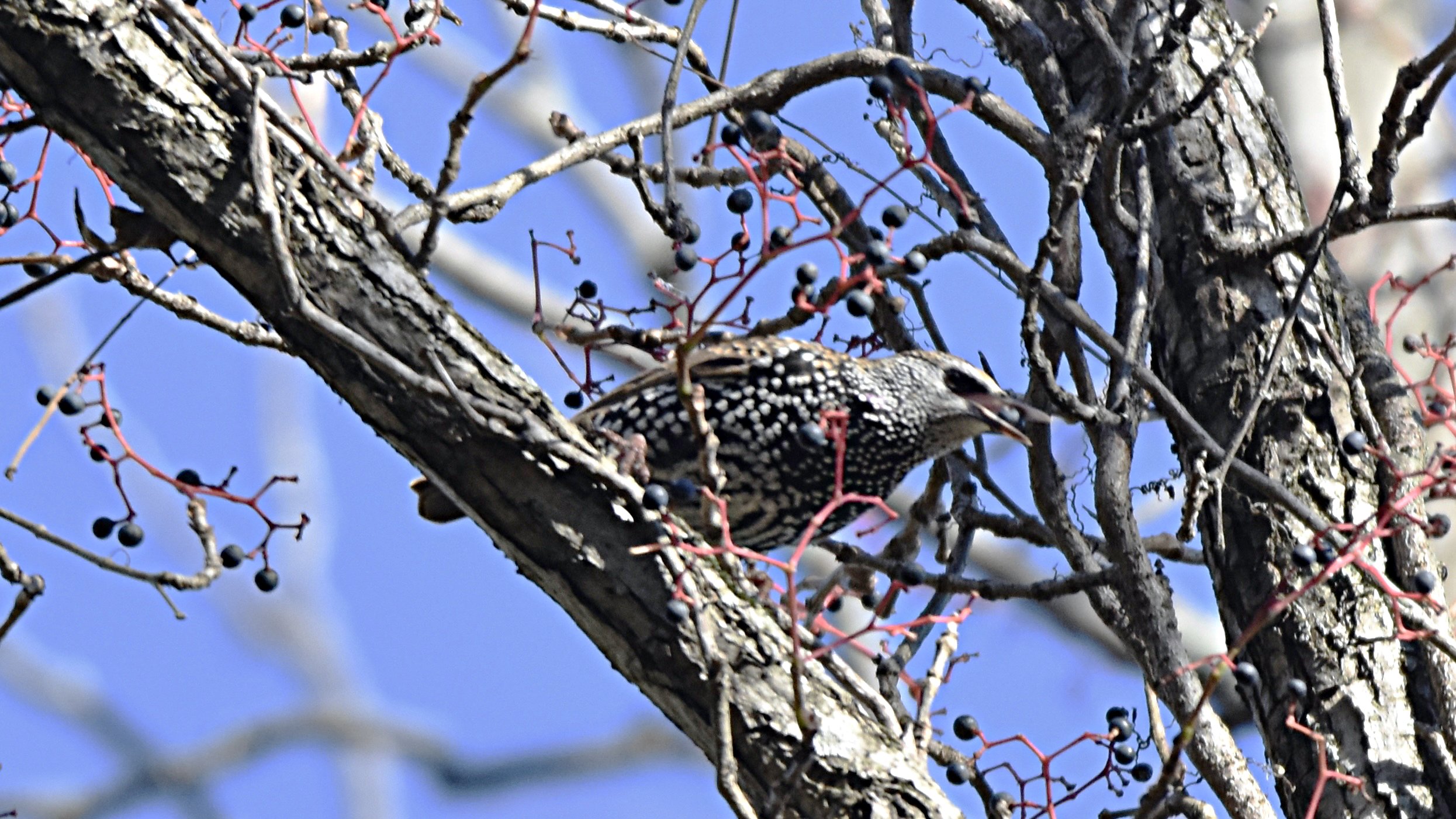This is the season for large numbers of European Starlings]0. They are everwhere, and as I recently shared, they seem to fly in large groups. I caught this one taking a break. His friends were not far away.
Something you may not know:
Often regarded as a pest, the Starling wins our grudging admiration for its adaptability, toughness, and seeming intelligence. Brought to North America in 1890, it has spread to occupy most of the continent, and is now abundant in many areas. Sociable at most seasons, Starlings may gather in immense flocks in fall and winter. When the flocks break up for the breeding season, males reveal a skill for mimicry, interrupting their wheezing and sputtering songs with perfect imitations of other birds.Guide to North American Birds - audubon
~ Rick
Rick’s latest technology muse:
Check out our vlog, which includes more pictures and video on YouTube at tales.photos. Remember to subscribe!
Prints are available for many of the photos on this site on canvas, metal or glass. Contact Rick for more information.
©2019 ©2020 ©2021 Rick Cartwright







